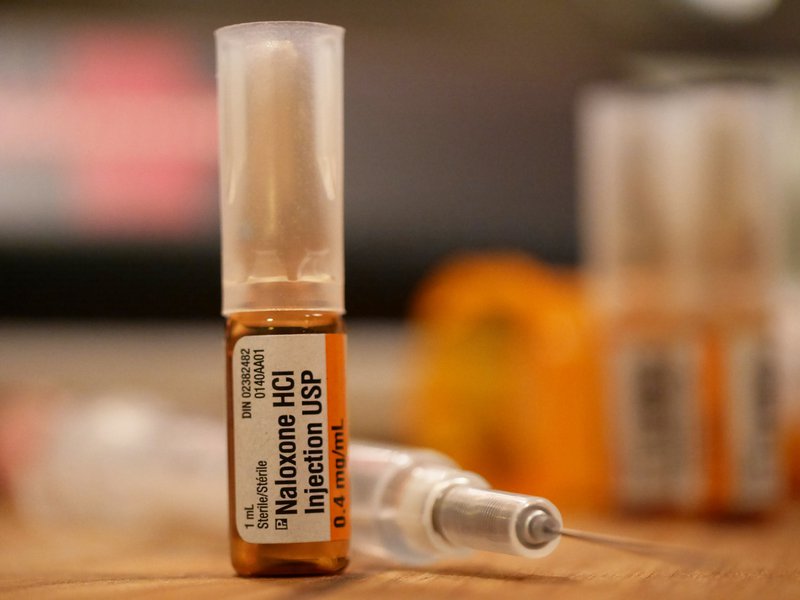New Film and Map Highlight the Importance of Naloxone
Blog Post

Jeff Anderson
Feb. 20, 2018
While most Americans are familiar with the devastating effects of the opioid epidemic, many are not familiar with a potential savior. Naloxone, a medication used by first responders to reverse the effects of an opioid overdose, is becoming a more and more prevalent antidote in the field. What makes it a potential key resource to widespread overdose prevention, however, is its increasing availability around the country to untrained parties, such as family members of those suffering from addiction.
Unfortunately, much of the country is still unaware of how powerful the impact of naloxone can be. Many of those with loved ones suffering from opioid addiction do not know how or where to obtain naloxone, or even that the drug exists at all. Recently, activists have begun to alert the public of the existence of the drug through varying means. Filmmaker Kat Prescott made Dear You, a short film produced in association with Homeless Health Care Los Angeles. The film, which hopes to raise awareness about naloxone and also about the epidemic more generally, is hoping to capture a young adult audience. This demographic is experiencing one of the fastest growth rates of heroin use, but still remains overlooking in opioid awareness efforts, something that Dear You is hoping to address. The film follows the journey of a recovering addict.
“It feels like an eternity since you were here…”
As a fellow activist, I found the film to be inspiring, challenging, and deeply necessary. Using my skills as a geographer, I approached the naloxone awareness problem from a different angle, and created a new national map showing families where naloxone can be obtained.

The National Naloxone Map, which uses Esri technology, accumulates data from many different sources, with participation from thousands of CVS, Walmart, and Walgreens pharmacies, along with other independent distributors. Many state health agencies and local governments who participate in the Opioid Mapping Initiative are also taking steps to document naloxone access points that might not be known otherwise. The map is meant to be a community effort, and contributing locations is encouraged, so as to make it the best possible representation of resources.
Though the map is not complete, and naloxone prescription needs and costs vary state to state, this effort represents over 25,000 locations to obtain the drug, meaning that the life-saving antidote is now within reach of so many. That should be seen as both a victory and a cautionary tale— this is a palliative approach, and while vital to saving lives, will not cure the root causes of the epidemic. Education and prevention work is still desperately needed. A crowdsourced map of opioid overdose victims shows over 1,300 families that will never be made whole again, and naloxone cannot fix that. But with awareness of its potential and proper understanding of its use, it could prevent that map from growing any larger.